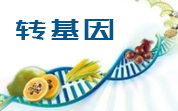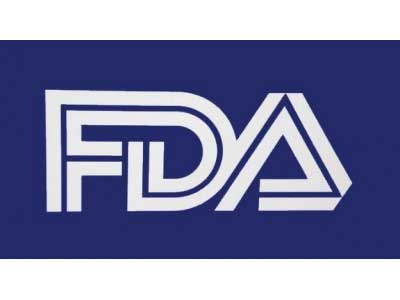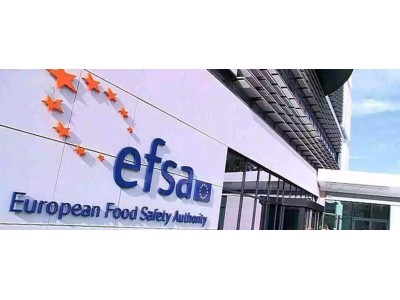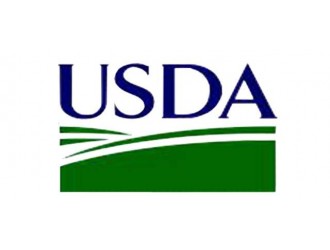гҖҖгҖҖ
йЈҹе“ҒдјҷдјҙзҪ‘и®Ҝ2020е№?жң?1ж—ҘпјҢжҚ?a href='//www.sqrdapp.com/news/tag_1377.html' class='zdbq' title='欧зӣҹйЈҹе“Ғе®үе…ЁеұҖзӣёе…ійЈҹе“Ғиө„и®Ҝ' target='_blank'>欧зӣҹйЈҹе“Ғе®үе…ЁеұҖпјҮьa href='//www.sqrdapp.com/news/tag_10.html' class='zdbq' title='EFSAзӣёе…ійЈҹе“Ғиө„и®Ҝ' target='_blank'>EFSAпјүж¶ҲжҒҜпјҢ欧зӣҹ
йЈҹе“Ғж·»еҠ еүҒь/a>е’Ӣьa href='//www.sqrdapp.com/news/tag_343.html' class='zdbq' title='и°ғе‘іеүӮзӣёе…ійЈҹе“Ғиө„и®? target='_blank'>и°ғе‘іеүҒь/a>е°Ҹз»„пј FAF пјүйҮҚж–°иҜ„дј°дәҶеҒҺьa href='//www.sqrdapp.com/news/tag_2750.html' class='zdbq' title='й…’зҹій…ёзӣёе…ійЈҹе“Ғиө„и®? target='_blank'>й…’зҹій…·ь/a> пјҲmetatartaricacidпј пјҲE 353пјүдҪңдёәйЈҹе“Ғж·»еҠ еүӮзҡ„е®үе…ЁжҖ§гҖҒь/div>
гҖҖгҖҖз»ҸиҝҮиҜ„дј°пјҢ专家е°Ҹз»„и®ӨдёәеңЁи§„е®ҡзҡ„з”ЁйҖ”е’ҢдҪҝз”Ёж°ҙе№ідёӢпјҢеҒҸй…’зҹій…ёдҪңдёәйЈҹе“Ғж·»еҠ еүӮдёҚеӯҳеңЁе®үе…Ёй—®йўҳгҖӮйғЁеҲҶеҺҹж–ҮжҠҘйҒ“еҰӮдёӢпјҡ
гҖҖгҖҖThe Panel on Food Additives and Flavourings пјҲFAFпј provided a scientific opinion reвҖҗe
valuating the safety of me
tatartaric acid пјҲE 353пј when used as a food additive. me
tatartaric acid пјҲE 353пј had been previously e
valuated by the Scientific Committee on Food пјҲSCFпј and Joint FAO/WHO Expert Committee on Food Additives пјҲJECFAпјүгҖ ba
sed on the presumption that me
tatartaric acid is fully hydrolysed preвҖҗsystemically to lпј?пјүвҖҗtartaric acid, the Panel co
ncluded that me
tatartaric acid пјҲE 353пј should be included in the group acceptable daily intake пјҲADIпј of 240 mg/kg body weight пјҲbwпј per day, expressed as tartaric acid, for lпј?пјүвҖҗtartaric acidвҖҗtartrates пјҲE 334-337, 354пј which was established by the EFSA FAF Panel in 2020. Exposure estimates were calculated for me
tatartaric acid пјҲE 353пј using a maximum level and refined exposure assessment scenario. The Panel also co
ncluded that there is no safety co
ncern for the use of me
tatartaric acid пјҲE 353пј at the reported use and use level. The Panel made a number of recommendations.
гҖҖгҖҖ
жң¬ж–Үз”ұйЈҹе“ҒдјҷдјҙзҪ‘йЈҹе“Ғиө„и®Ҝдёӯеҝғзј–иҫ‘пјҢдҫӣзҪ‘еҸӢеҸӮиҖғпјҢж¬ўиҝҺиҪ¬иҪҪпјҢиҪ¬иҪҪиҜ·жіЁжҳҺеҮәеӨ„пјҒжңүд»»дҪ•з–‘й—®пјҢиҜ·иҒ”зі»news@www.sqrdapp.comгҖҒь/span>










 ең°еҢәпјҷь/font>
ең°еҢәпјҷь/font>

 欧зӣҹиҜ„дј°иҪ¬еҹәеӣ зҺүзұіMO
欧зӣҹиҜ„дј°иҪ¬еҹәеӣ зҺүзұіMO
 欧зӣҹиҜ„дј°дёҖз§ҚйәҰиҠҪзі–ж·Җ
欧зӣҹиҜ„дј°дёҖз§ҚйәҰиҠҪзі–ж·Җ зҫҺеӣҪжӢҹж’Өй”ҖиӢҘе№ІиӮүзұ»еҸүь/a>
зҫҺеӣҪжӢҹж’Өй”ҖиӢҘе№ІиӮүзұ»еҸүь/a> йІҒе…¬зҪ‘е®үеӨ 37060202000128еҸ¶ь/a>
йІҒе…¬зҪ‘е®үеӨ 37060202000128еҸ¶ь/a>



